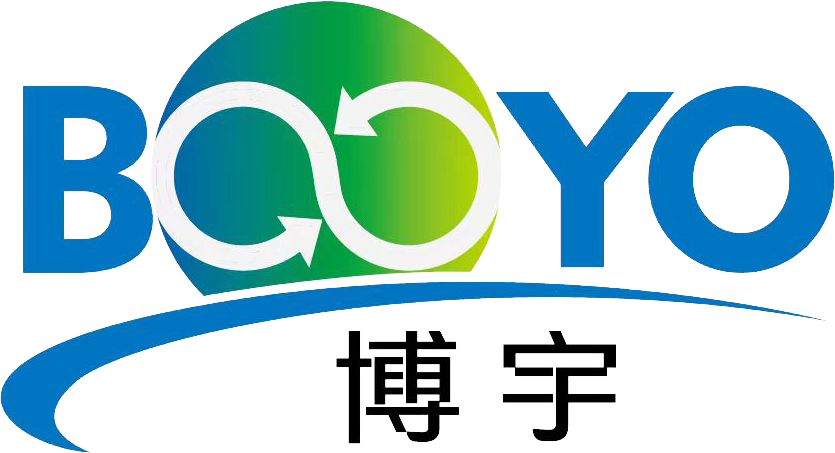
Our News
Find out about our latest news here.
Latest News
- ▶ High-Efficiency Surface Condenser Solutions:
- ▶ Health, Safety and Environment (HSE) Policy
- ▶ Conflict-of-Interest Policy
- ▶ Can a Welded Spiral Heat Exchanger Solve Fouling and Blockage Problems?
- ▶ Anti-Bribery and Corruption (ABC) Compliance Policy
- ▶ The Critical Role and Application of Heat Exchangers in the Natural Gas Treating Process
Message
What is an A210 A1 Boiler Economizer?
An A210 A1 boiler economizer is a heat recovery device installed in the flue gas path of a boiler. Its primary function is to use residual heat from flue gases to preheat feedwater before it enters the steam drum. This process improves boiler efficiency, reduces fuel consumption, and lowers operating costs.
The designation “A210 A1” refers to a seamless medium-carbon steel specified in ASTM A210, commonly used for heating surfaces in low- and medium-pressure boilers.
Material Characteristics – ASTM A210 Grade A1
Typical Chemical Composition (Max. Limits):
Carbon (C): ≤ 0.27%
Manganese (Mn): ≤ 0.93%
Phosphorus (P): ≤ 0.035%
Sulfur (S): ≤ 0.035%
Mechanical Properties:
Tensile Strength: ≥ 415 MPa
Yield Strength: ≥ 255 MPa
Elongation: ≥ 30%
Advantages:
Good thermal conductivity for efficient heat transfer
Adequate strength for low- and medium-pressure applications
Lower cost compared to alloy steels
Easy to fabricate and weld
Design Features of A210 A1 Boiler Economizers
Tube Type – Commonly bare tubes or finned tubes to increase heat transfer surface.
Arrangement – Inline or staggered tube layout for optimized gas flow and heat exchange.
Tube Size – Typically 38–57 mm outer diameter, depending on boiler capacity.
Tube Shape – U-shaped or serpentine to fit flue gas ducts.
Headers and Casings – Usually carbon steel, welded construction.
Applications
Industrial Boilers – Textile, paper, chemical, food processing, and other industries.
Power Plant Boilers – Feedwater heating in thermal power stations.
Waste Heat Recovery – Capturing heat from industrial process exhaust gases.
Key Benefits
Efficiency Increase – Improves boiler efficiency by 3–8%.
Fuel Savings – Reduces coal, gas, or oil consumption.
Emission Reduction – Cuts CO₂ and other greenhouse gas emissions.
Extended Boiler Life – Reduces thermal stress on heating surfaces.
Maintenance Recommendations
Inspect regularly for soot and ash deposits.
Perform soot blowing to maintain heat transfer efficiency.
Avoid low-temperature operation to prevent acid dew point corrosion.
Other Common Boiler Economizer Materials
Low-Alloy Heat-Resistant Steels
Common Grades: 15CrMoG, 12Cr1MoVG (GB); T11, T22 (ASTM)
Suitable for medium- and high-pressure boilers with higher flue gas temperatures; good heat resistance and oxidation resistance.
High-Alloy Heat-Resistant Steels
Common Grades: T91, T92 (9Cr-based steels)
Used in ultra-high-pressure and ultra-supercritical boilers; excellent creep resistance and high-temperature strength.
Stainless Steel Economizers
Common Grades: 304, 316L
Ideal for low-temperature and condensing economizers; resistant to acid dew point corrosion.
ND Steel Economizers
Grade: 09CrCuSb
Excellent resistance to sulfuric acid dew point corrosion; often used in the cold-end section of coal-fired boilers.
PROFESSIONAL CONSULTATION
If you are interested in our products and want to know more details, please leave a message here, we will reply you as soon as we can.